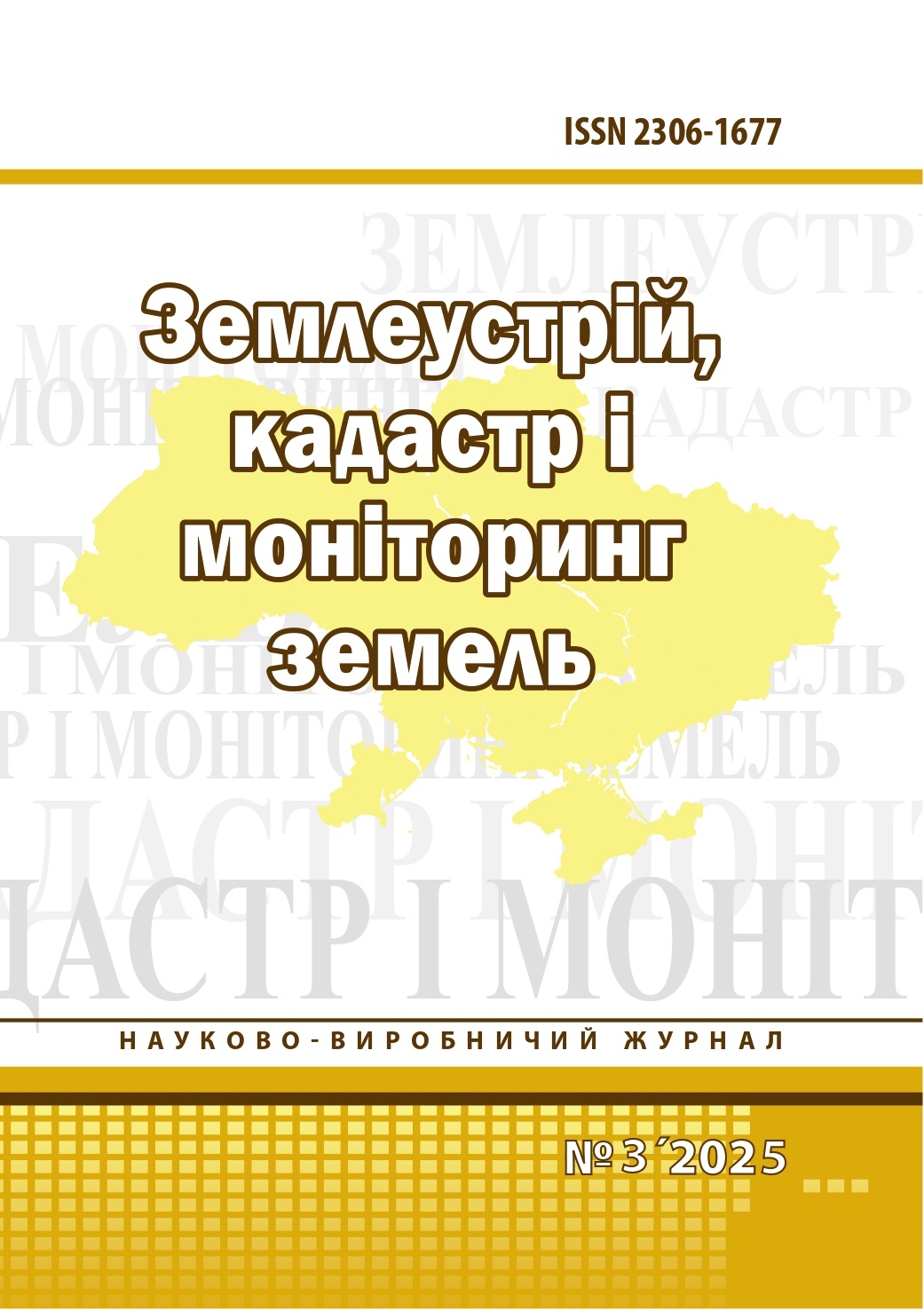Використання економічних інструментів управління земельними ресурсами, збереження біологічного різноманіття: міжнародний досвід
DOI:
https://doi.org/10.31548/zemleustriy2016.04.019Анотація
Досліджено міжнародний досвід використання економічних інструментів для стимулювання землекористувачів з метою збереження біорізноманіття.
Ключові слова: економічні інструменти, стимули, біорізноманіття, охоронювані території.
Посилання
Organisation for Economic Cooperation and
Development. (2004). Recommendation of
the council on the use of economic instruments
in promoting the conservation and
sustainable use of biodiversity. Retrieved
from http://acts.oecd.org/Instruments/
ShowInstrumentView.aspx?InstrumentID=
&InstrumentPID=47&Lang=en&-
Book=False 32 Consilience.
Edem Kodzo Ekpe, A Review of Economic
Instruments Employed for Biodiversity
Conservation, – Consilience: The Journal
of Sustainable Development Vol. 9, Iss. 1
(2012), Pp. 16 – 32.
International Union of the Conservation
of Nature (IUCN). (2008). Economic instruments
for financing conservation and
poverty reduction. Retrieved from http://
www.iucn.org/about/work/initiatives/
sp_cprihome/index.cfm
Defenders of Wildlife. (2006). Incentives
for biodiversity conservation: an ecological
and economic assessment. Defenders of
Wildlife, Washington D.C.
International Union of the Conservation
of Nature (IUCN). (2007). IUCN Red List of
Threatened Species, State of the World’s
Species. Accessed December 1, 2008.
Available at: http://cmsdata.iucn.org/
downloads/ state_of_the_world_s_species_
factsheet_en.pdf.
International Union of the Conservation
of Nature (IUCN). (2008). Economic instruments
for financing conservation and
poverty reduction. Retrieved from http://
www.iucn.org/about/work/initiatives/sp_
cprihome/index.cfm.
Bayon, R., Hawn, A., & Hamilton,
K. (Eds). (2006). Voluntary carbon markets:
an international business guide
to what they are and how they work,
Earthscan, 164.
AM Tretiak, Budzelovych G.V., “Economic
and environmental aspects of human
relationships to natural resources and
recreational land use in terms of land
relationns.” Land law in Ukraine. Theory
and Practice. – №4, 2014.
Завантаження
Опубліковано
Номер
Розділ
Ліцензія
Стосунки між правовласниками і користувачами регулюються на умовах ліцензії Creative Commons Із Зазначенням Авторства – Некомерційна – Поширення На Тих Самих Умовах 4.0 Міжнародна (CC BY-NC-SA 4.0):https://creativecommons.org/licenses/by-nc-sa/4.0/deed.uk
Автори, які публікуються у цьому журналі, погоджуються з наступними умовами:
- Автори залишають за собою право на авторство своєї роботи та передають журналу право першої публікації цієї роботи на умовах ліцензії Creative Commons Attribution License, котра дозволяє іншим особам вільно розповсюджувати опубліковану роботу з обов'язковим посиланням на авторів оригінальної роботи та першу публікацію роботи у цьому журналі.
- Автори мають право укладати самостійні додаткові угоди щодо неексклюзивного розповсюдження роботи у тому вигляді, в якому вона була опублікована цим журналом (наприклад, розміщувати роботу в електронному сховищі установи або публікувати у складі монографії), за умови збереження посилання на першу публікацію роботи у цьому журналі.
- Політика журналу дозволяє і заохочує розміщення авторами в мережі Інтернет (наприклад, у сховищах установ або на особистих веб-сайтах) рукопису роботи, як до подання цього рукопису до редакції, так і під час його редакційного опрацювання, оскільки це сприяє виникненню продуктивної наукової дискусії та позитивно позначається на оперативності та динаміці цитування опублікованої роботи (див.The Effect of Open Access).


